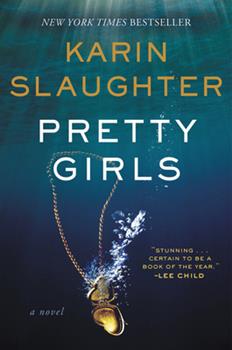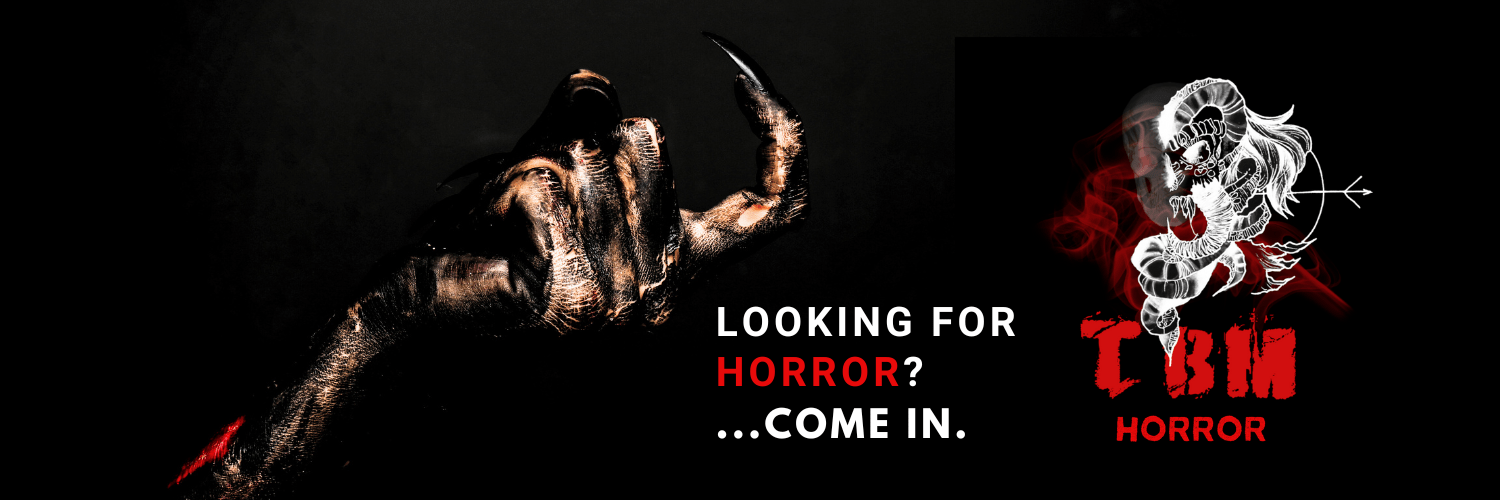
Book review by Kacee Cooper
The following review contains spoilers.
“No matter what happened to you, no matter what horrors you endured when you were taken away, you will always be my pretty little girl.”
When Julia Carroll went missing, her family tried everything they could to bring her home. However, time showed that their efforts would be fruitless. All coping in their own ways, the mother suffering in silence and choosing to move on, the father hopelessly exhausting all efforts to find his daughter until it consumed him, and the two younger sisters allowing their grief to take hold of them as they went down diverging paths, they did the best they could. When Julia disappeared, it broke her family into tragic fragments that never truly became whole again. As time passed, the two younger sisters, Claire and Lydia, became estranged all due to the man Claire was dating at the time and later married. Claire grew up as the beautiful, perfect daughter, whereas Lydia began a life of swallowing her grief through constant partying and drug use. Their lives could not have been more different. It wasn’t until another young girl went missing over 20 years later that brought Claire and Lydia together again, using the unresolved pain from their pasts to help salvage their relationship and uncover the truth behind their sister’s disappearance.
This book follows a few different points of view, primarily focusing on Claire’s and Lydia’s present day point of view to anchor the reader in the present while old letters written by their father addressed to their missing sister Julia allows readers a better understanding of their family’s tragic past. Claire Scott, now married to Paul Scott, lives a life of luxury and wealth. Paul is very successful in his business, providing Claire an opulent lifestyle vastly different from her sister’s. Lydia lives in a small house with her teenage daughter, working hard to make ends meet. Now in recovery, Lydia’s once excessive and dangerous lifestyle has come to an end as she does everything she can to provide a safe and happy life for her daughter. The two sisters could not be any different from one another, and their being estranged for the last 20 years doesn’t help the distance between them.
As tragedy often does, it struck again when Claire’s husband Paul was stabbed to death in an alley right in front of her eyes. It was this event that served as the catalyst for the rest of the book as well as the reason why Claire found herself in front of her husband’s computer. For security purposes, Claire goes through her late husband’s computer and finds something incredibly vile and shocking. When she clicks a recently-watched video, Claire accidentally discovers a very dark aspect to her husband that she could have never guessed. Too horrified to look away, Claire watches the video, this video being among several violent videos showing the assault and murder of young women. Afraid of what she’s just seen, she reaches out to Lydia for her help. Between the two of them, they will discover the hideous underbelly of Claire’s husband’s life and search for justice for their older sister.
This is my first ever Karin Slaughter read! I would be lying if I said I didn’t enjoy it. Her writing is mesmerizing, flowing so well that the reader can easily get lost. Something I found shocking was the amount of brutality this book contained. Now, I am a horror person at heart and the brutality didn’t bother me, but it did give me pause when I read through some of the more gruesome scenes. I have read a few reviews that stated that Slaughter went too far with the amount of violence she included, but I have to disagree. This is not coming from a horror-loving standpoint, but from the standpoint of a woman in today’s society. Stories like Julia’s and the other victims are constantly on the news, but because they are so frequent we’ve done two things: 1. Gotten used to the violence as if it is normalcy to see another young woman lose her life to a cruel man, and 2. Become so desensitized that we don’t even register the volume of torment the victims faced. Because things like what happens in this book are things women are warned about and are weary of on a daily basis, I found Slaughter’s inclusion of such violence to be validating. Instead of thinking to ourselves, “Oh, that’s too bad” and then moving on with our lives, Slaughter forces readers to confront the ugly truth regarding the dangers that women can face in their lifetime.
Understanding the possibilities that could befall a woman was not only blatantly shown in the book, but also subtly hinted at by the title and consistent mention of these victims being pretty. Now, to say that the way someone looks dictates whatever tragedy they may face is ridiculous, but what I believe Slaughter was trying to do was use the concept of being “pretty” as a threat to that woman. Instead of being cherished for her beauty, Slaughter gives us women who are tortured and murdered as a result of their being pretty. For example, Julia’s character serves as a representative for all the young women in the videos, and Slaughter does a good job of giving Julia substantial characterization beyond the way she looks. She had opinions, she had goals, she had friends and family that loved her, yet all of that is irrelevant because she is pretty, therefore, will fall victim to someone that sees her as such. Regardless of the differences between victims, the one thing they had in common was that they were pretty, and that is all that mattered as they endured their final moments in abject terror. For Slaughter to include this theme resonating throughout the novel, it allowed readers to fully understand the objectification women go through each day, specifically how that objectification can turn deadly.
Slaughter continues to convey this message through the use of her two main characters, Claire and Lydia. Both women are, or at least once were by stereotypical standards for female beauty, “pretty girls”, yet they are total opposites. Creating characters that are completely different from one another while making them both be affected by their objectification confirms the idea this is an issue that runs deep in our culture. Lydia, who has had issues with drugs and alcohol, seemingly has lived a less appealing lifestyle was still victimized regardless of those aspects of her life. Whereas Claire, who has been victimized in a different way due to her beauty, is shown to be pretty, rich, and perfect. Claire is seen as perfect because she does not cause problems, she does what she’s supposed to do, and she keeps her opinions to herself. Because of this, she’s seen as not perfect in a holistic sense, but in the way that makes her a “perfect woman”. She’s submissive where Lydia raises hell and causes problems, she married the man with his life together instead of a drug addict with no interest in raising his daughter, and she does all of this without ever causing a stir in the status quo. Slaughter makes a point to say, however, that it doesn’t matter about any of those traits because at the end of the day, they are just pretty girls to those with the capabilities to take and do what they want with them.


